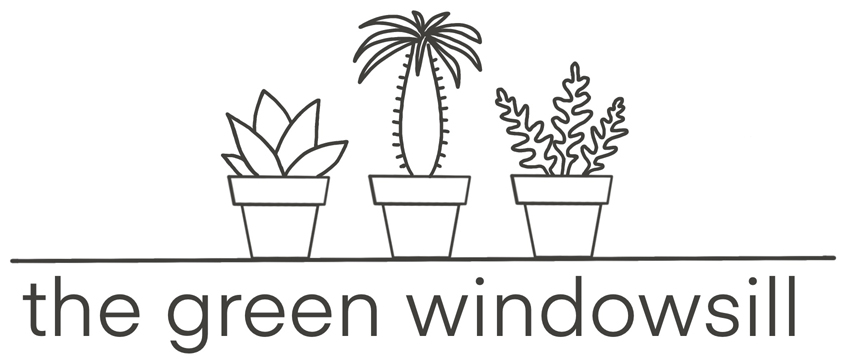
Pachypodium and Adenium are members of the Apocynaceae family, which includes some periwinkles, creeping myrtle, plumeria, milkweed, hoya, as well as other succulents such as stapelia and hoodia.
Pachypodium are native to South Africa and Madagascar, while Adenium are endemic to Africa and the Arabian Peninsula. Common names include Madagascar Palm for Pachypodium lamerei and Desert Rose for Adenium obesum.
Both species grow in either year-long or seasonal arid (dry) climates and are adapted to those conditions with the ability to store water in their caudex (trunk/stem) and with relatively small or narrow, thick, water-retaining leaves.

General care:
Light: Both Pachypodium and Adenium need ample light to thrive, full sunlight during their growing season being best, for a consistent 6 to 10 hours per day. In winter, they tend to be dormant in response to shorter days and cooler temperatures, and may lose some or all their leaves during this time. They require less light during this dormant time, but should not be in deep shadow or darkness in daytime.
If the plant is indoors, supplemental light, such as a full spectrum LED is helpful.
When moving your plant outdoors or into brighter light after winter dormancy, adjust it gradually so as to avoid leaf or stem sunburn.
Water: Spring through late summer is their growing season and they can be watered regularly, allowing the soil to mostly dry between waterings, especially if in a humid climate.
Fall through winter dormancy, decrease watering to very little. Depending on the micro-climate the plant is in (bright/dim, cool/warm, etc.) it may only need to be watered once every month or two when dormant, and not a deep soaking water. Dim light and cool temperature will require that the plant be watered less often. A good analogy: if you were sleeping, you wouldn’t want somebody to suddenly put you in a bathtub or shower, would you?
Soil: Well-draining soil is essential. As with most other succulents including cacti, the roots have developed to take up water fast and if sitting in wet soil can rot. A commercial cactus and succulent soil will suffice, but it is best if perlite, pumice, and/or very small gravel is added to make it even more well-draining. A 50/50 ratio of soil and perlite, pumice or grit is what we use, though some growers use even less soil in their mix. Sand is not recommended, unless specifically marked as “contractor’s sand” (or similar), which is more jagged because water will not drain properly through other sand as the grains are too rounded.
Fertilizer: A light fertilizer formulated for succulents, generally in the ratio 5-10-5 (Nitrogen-Phosphorous-Potassium) can be given to the Pachypodium or Adenium via water or in soil starting in spring through late summer every one to two months.
Temperature: Minimum of 15C is safest, though 10C is acceptable if the plant is not in that temperature for a long period of time. Adeniums are more sensitive than Pachypodiums, as far as temperature.
Air circulation is important to prevent any fungal issues on the plant. If in a house, the average air circulation will generally be adequate. The same is true if the plant is outdoors on a deck or patio. If in a greenhouse, there should be fan(s) to circulate the air.
Flowers: Some plants need to be over 5 years old before they will be able to produce flowers. Full sun during growing season is essential for this. An unobstructed south or west facing window may be enough if the plant is not outside. In addition, regular light fertilizer applications during growth is recommended.
Blooms usually occur on new growth; pruning can help.
